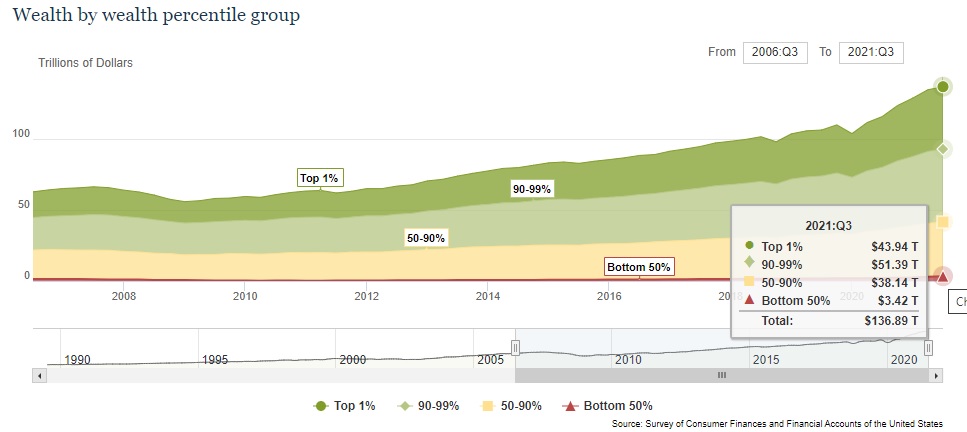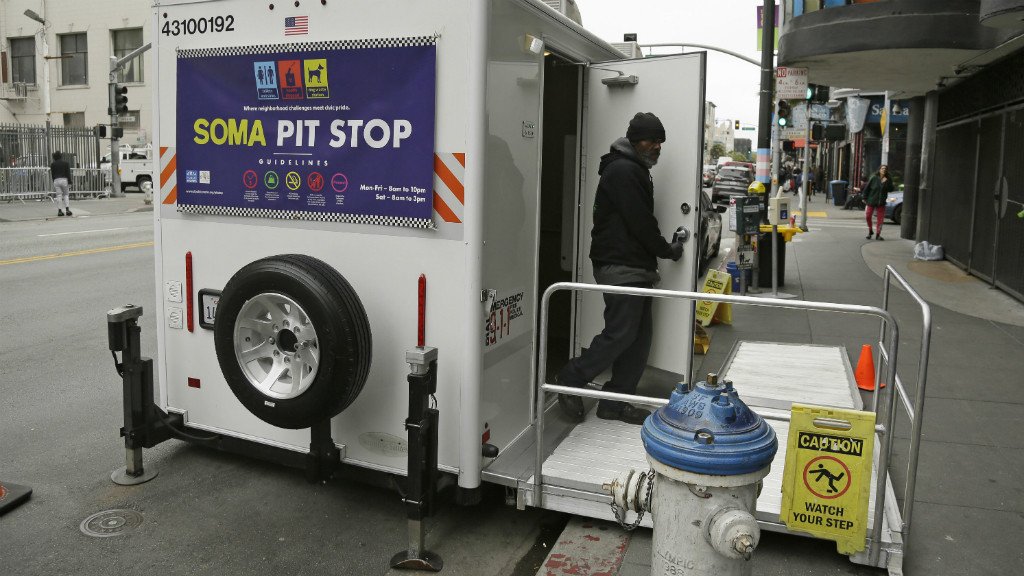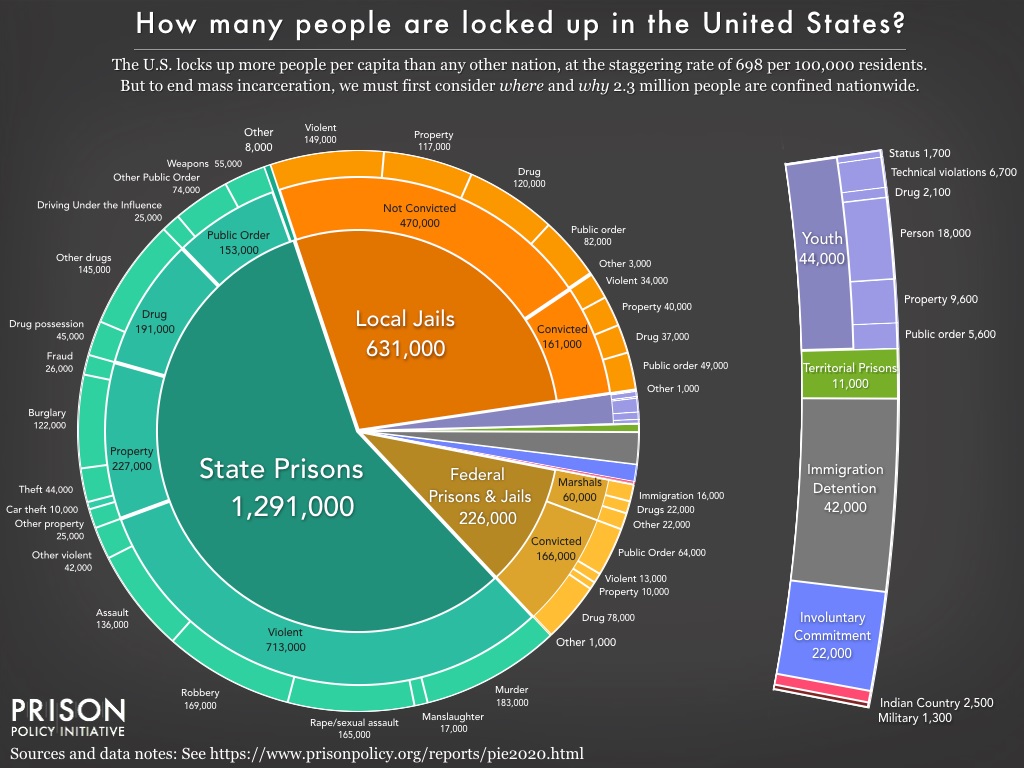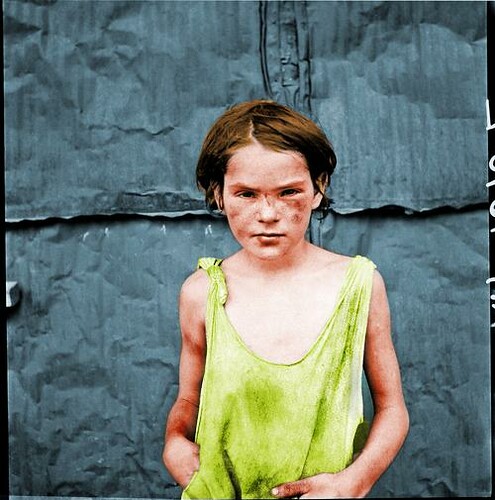During the Cuban Revolution, the battleship USS Maine was stationed in Havana harbour to defend Americans and their property. Maine, on the other hand, exploded a few days after it arrived, killing almost 300 Americans. Despite the fact that Spain rejected any role in the incident, America was certain that the explosion was the result of Spanish interference.
The United States declared war on Spain in April 1898.
Representatives from the Spanish Empire and the United States met in 1898 to discuss the details of the Paris Peace Treaty, which would bring the Spanish-American War to an end. The US armed forces would leave Cuban territory if the proposed agreements were followed. Cuba’s independence would be granted.
Cuba also agreed to enable US diplomatic, economic, and military involvement, as well as to lease Guantánamo Bay to the US. Second, the US would be handed Guam and Puerto Rico, which were previously part of the Spanish Empire.
The Spanish, on the other hand, claimed that the United States’ acquisition of the Philippines was illegal. In exchange for the Philippines, American diplomats agreed to pay the Spanish side $20 million. Spain agreed to the terms.
The United States emerged from the Paris peace talks as the world’s newest superpower, with key territorial possessions spanning the Caribbean to the Pacific, whether intentionally or not. The United States benefited economically from the new trading markets it established in the Pacific, Caribbean, and Far East.
It took another step toward becoming a developed country.
What is a Developed Country?
A developed country is a sovereign state with a high industrial and Human Development Index. The per capita gross domestic product, the level of industrialization, the standard of living, and the level of technological advancement are all standard metrics for assessing a country’s level of development.
Noneconomic factors, such as the human development index (HDI), which assesses a country’s educational, literacy, and health indicators, can also be used to evaluate an economy or its level of progress.
And Developing Country:
The gross domestic product (GDP) per person in developing countries is low. Agriculture is usually their main source of income.
Developing nations are low-income and import-dependent countries with low living standards, an underdeveloped industrial base, and a low Human Development Index (HDI), as well as markets that haven’t reached saturation and still lack infrastructure investments.
Even though America has exceptional colleges, one of the best pools of scientists, and is an economic superpower, it still appears to be developing.
Thefts and Robberies
Theft, assaults, and armed robberies have increased by 160 percent in 2021, according to Union Pacific Railway. Losses, claims, and damages were estimated to be around $5 million by the firm. Every day, the number of theft cases in the United States is increasing. According to an AFP report, robbers break into more than a dozen of freight carriages on Los Angeles’ railways every day. They take advantage of railway stops to loot online-purchased parcels. The packaging materials that are leftover are subsequently dumped onto the tracks.
The train tracks can be easily seen littered with the debris left over after the robbery.
Wealth Inequality
Inequality is more common in emerging countries than it is in industrialised countries. In comparison to other developed regions, such as Western Europe, the chart from the 2022 World Inequality Report illustrates the distinctive nature of wealth inequality in the United States. In the United States, the top 1% owns more than 35% of personal wealth, whereas, in Western Europe, they own less than 20%. The rise has not been uniform: certain nations (such as the United States, Russia, and India) have had dramatic increases in inequality, while others (such as European countries and China) have seen relatively lesser increases.

When compared to the bottom 90% of the US population, the top 1% has more wealth. According to data from the third quarter of 2021, the wealth of the top 1% was around 44 trillion dollars, while the wealth of the bottom 90% was around 42 trillion dollars. The wealth gap between upper-income and middle- and lower-income families is broadening. This graph depicts the wealth disparity in the United States.
Fewer than 400 families gave nearly half of the money raised in the 2016 presidential campaign.
Public Urination:
Some of the world’s most well-known digital businesses are headquartered in San Francisco, including Twitter, Uber, and Salesforce, to name a few, and they’re altering the way we live, work, and get around. As the area’s population has grown, San Francisco has struggled with quality-of-life challenges. Homeless encampments have been accused of blocking sidewalks and contributing to violence, public urination, and faeces on the street. Human faeces on the sidewalks is increasingly a common occurrence; complaints about human waste have climbed 400 percent in the last ten years (according to a 2019 report).

The city’s sidewalks are filled with used needles, trash, and other items in addition to human excrement.
Sewage Management
Many residents in Albama use a pipe to dump waste into the grass outdoors instead of a private waste-management system, a method known as straight-piping. It is not so difficult to see these in other parts of rural America. In the developed world, this type of sewage problem is very uncommon.
Road Infrastructure:
The American Society of Civil Engineers published a report on infrastructure in the United States, including airports, roadways, and other systems. It scored a C-minus rating, it still reflects the poor state of the country’s infrastructure. Many studies, such as one conducted by Monmouth University in 2018, show that more than 30% of individuals asked to believe their town’s roads are in desperate need of repair. According to MIT economist Peter Temin, the world’s greatest economy has roads and bridges that resemble those in Thailand and Venezuela rather than those in Europe.
Incarceration:
The United States has the largest incarceration rate in the world, with over two million individuals locked up at any given moment.
Every year, they spend over $182 billion to imprison about 1% of our adult population.

Some of the interesting facts.
- The incarceration rate per 100,000 people is over six times higher than in the United Kingdom.
- The state of Louisiana ranks first in the world for the number of people incarcerated. It can be regarded as the World’s Prison Capital.
- The United States is home to nearly 30% of the world’s imprisoned women.
There are still racial, gender, age, and geographic differences in the United States.
However, America has always been renowned as a nation of opportunity. Millions of immigrants have left their homes in search of something in our country that they could not find in their own: a chance to succeed.




Pingback: Sanctions: How this is an eye opener for nations? | Niripto
Pingback: Why is Norway, such a beautiful country, so wealthy? | Niripto